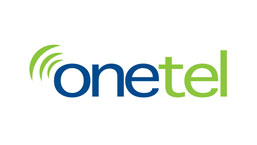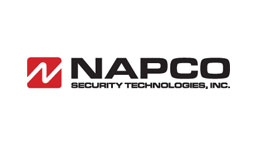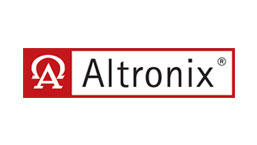Training Essentials in the Monitoring Industry
This blog aims to provide a professional and neutral overview of training essentials in the monitoring industry, reflecting current best practices and industry standards.
Training Essentials in the Monitoring Industry
Introduction: In an industry as dynamic and critical as the monitoring sector, staying ahead with effective training is not just beneficial; it’s essential. This blog delves into the key training components that ensure excellence and compliance in this field.
Understanding Industry Dynamics: The monitoring industry, which encompasses security, fire, and life safety, is evolving rapidly. With technological advancements, the emergence of new threats, and changing regulatory landscapes, professionals in this sector must be well-equipped with current knowledge and skills.
Core Training Elements:
- Technical Proficiency: At the heart of monitoring services lies the need for technical expertise. This includes understanding the latest technologies, systems, and tools. Training programs should focus on practical, hands-on experiences that simulate real-world scenarios, ensuring operators can accurately interpret data.
- Regulatory Compliance and Licensing: Given the legal and ethical implications in the monitoring industry, professionals must be well-versed in relevant laws, standards, and compliance requirements. Regular training sessions on these topics help avoid legal pitfalls and ensure service quality.
- Essential Skills Development: Technical knowledge alone is not sufficient. The ability to communicate effectively, manage stress, and make critical decisions under pressure are essential skills. Incorporating “soft skills” training helps develop well-rounded professionals who can adeptly provide exceptional customer service and handle emergency situations.
- Continual Learning and Development: The monitoring industry is not static; it evolves continually. Hence, ongoing education and professional development are crucial. This involves formal training and encompasses eLearning, webinars, and workshops that keep operators and managers abreast of the latest trends and practices.
- Addressing the Generational Knowledge Gap: With a diverse workforce spanning multiple generations, bridging the knowledge gap is essential. Training must be tailored to cater to different learning styles and preferences, ensuring that knowledge transfer is effective across all age groups.
Conclusion: Training in the monitoring industry is a multifaceted endeavor. It requires a balance of technical skills, regulatory knowledge, essential skills, and an ongoing commitment to professional growth. By focusing on these elements, organizations in the monitoring sector can ensure their teams are competent, compliant, and prepared to meet the challenges of today and tomorrow.
Written by: Connie Moorhead, CEO of The CMOOR Group









